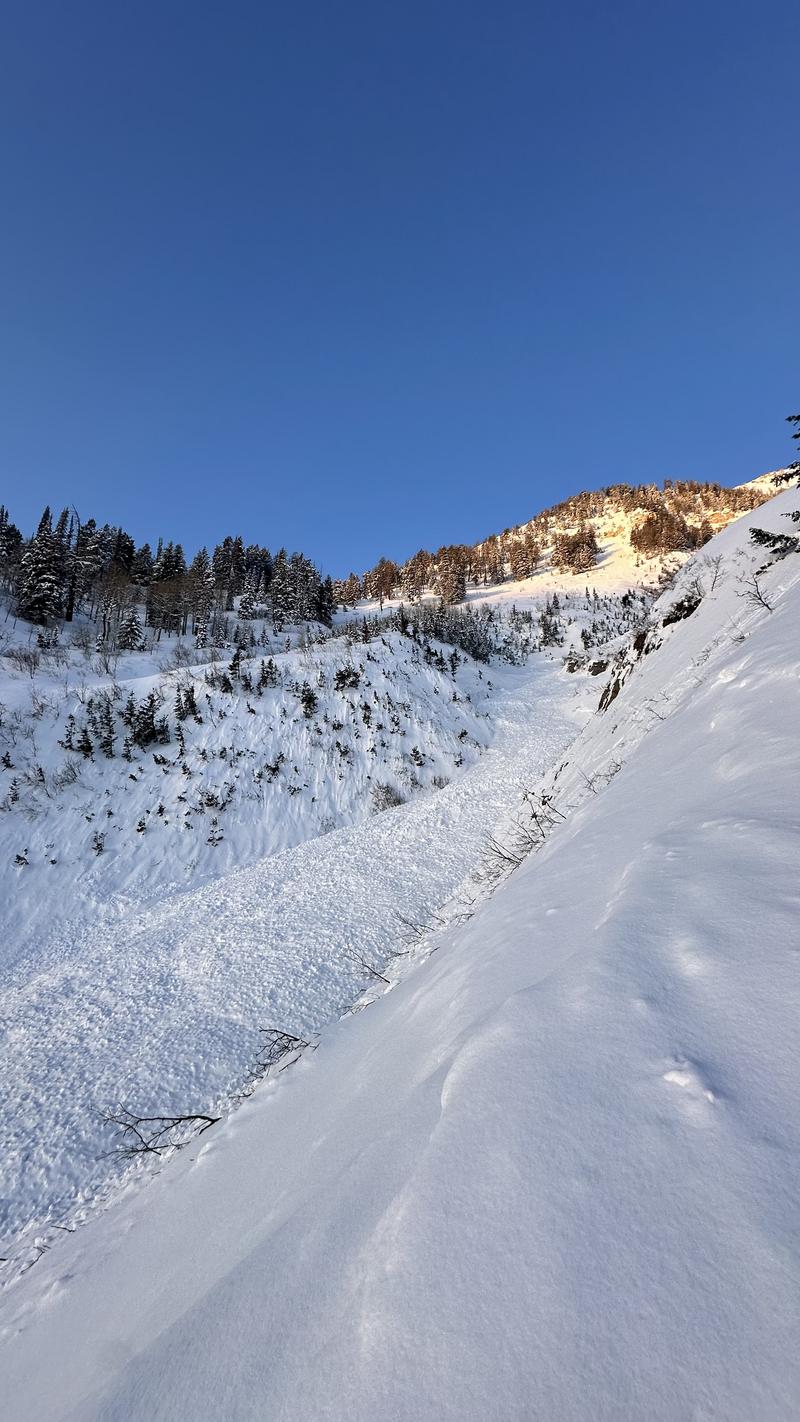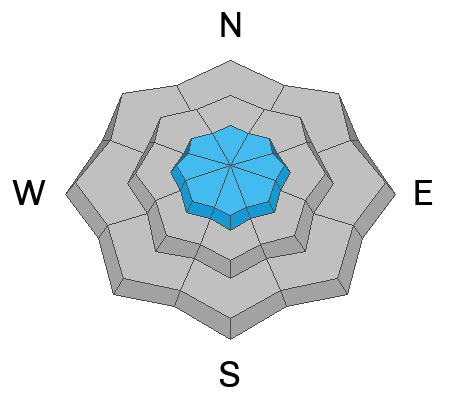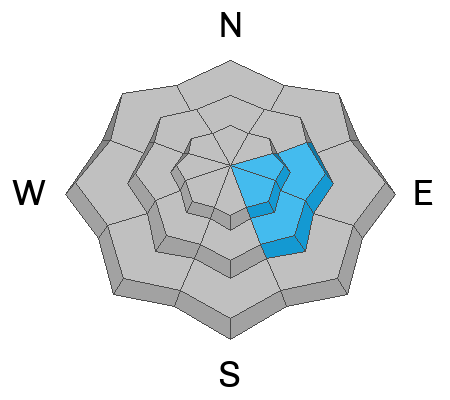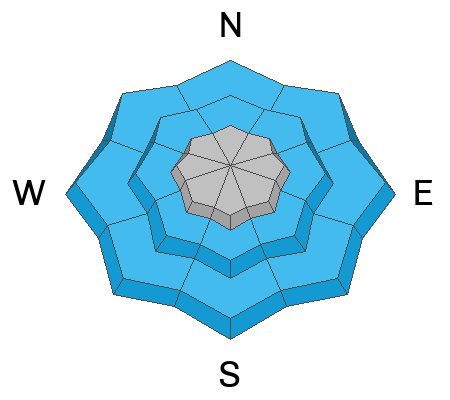Forecast for the Provo Area Mountains

Issued by Dave Kelly on
Monday morning, February 26, 2024
Monday morning, February 26, 2024
Today, there is a MODERATE avalanche danger on upper-elevation slopes where it will be possible to trigger wind-drifted snow avalanches near ridgelines and terrain features; and at mid elevations facing east and southeast where you may trigger a persistent weak layer avalanche that breaks on facets above a crust 1'-3' deep.
The avalanche danger may rise to MODERATE on other aspects and elevations later this afternoon with the approach of a new storm that is forecast to bring increased wind speeds, new snow and dropping temperatures to the area.
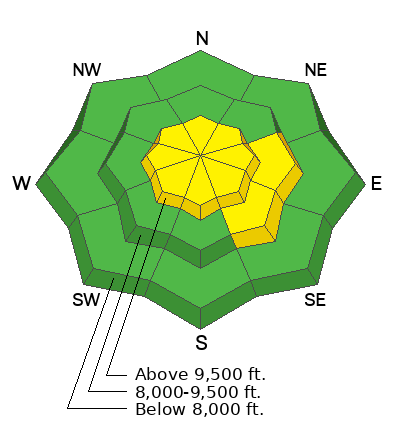
Low
Moderate
Considerable
High
Extreme
Learn how to read the forecast here


